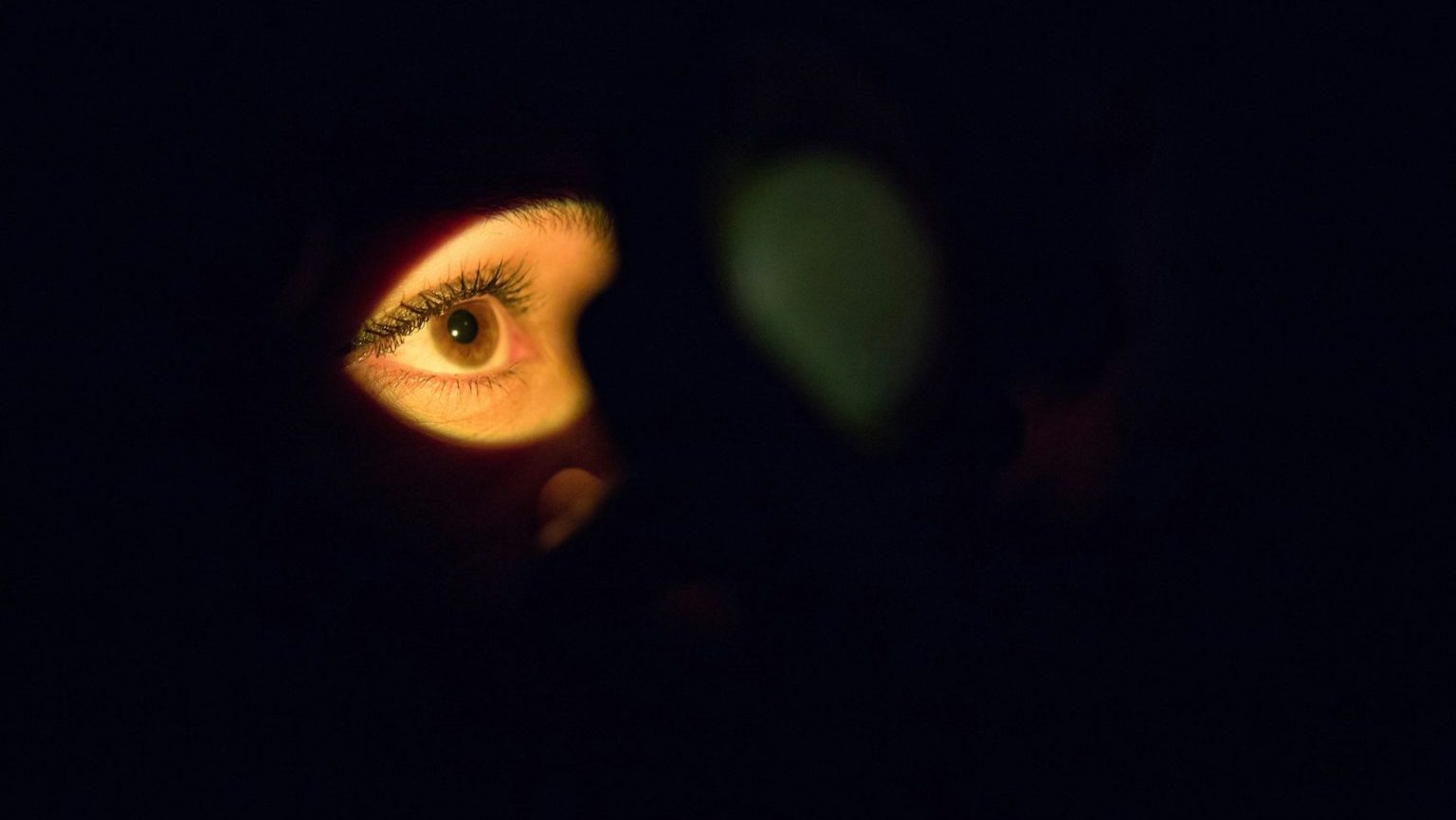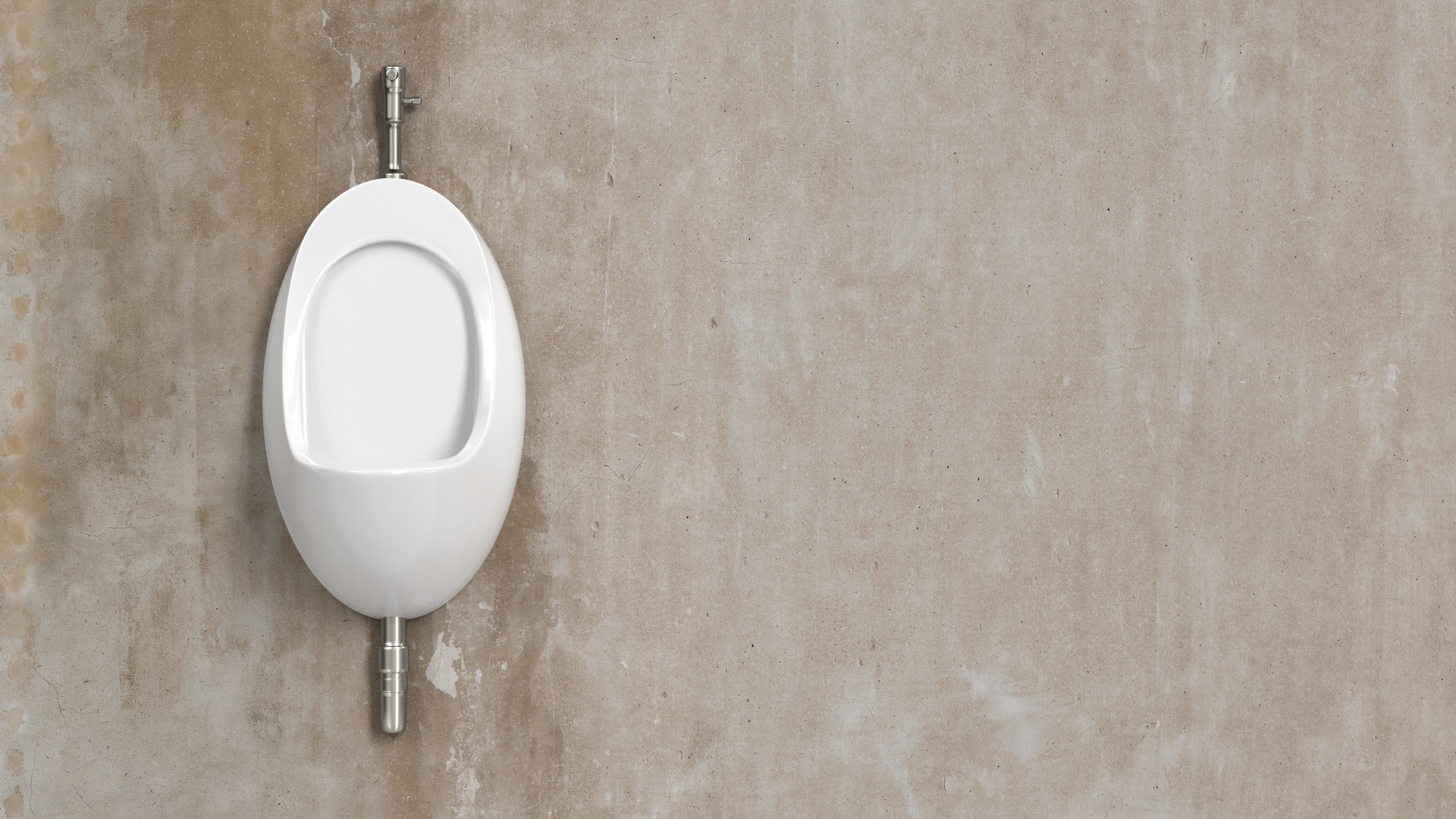Abbott describes the turn-of-the-century culture that created the conditions for white slavery.
Karen Abbott: There was a back and forth movement for a few decades before that about whether or not red light districts should be legalized. And it was in the Victorian era, you know, all the red light districts they were technically illegal, but they were accepted everywhere. And the thinking was that if you kept all of these districts segregated, and you allowed them to just flourish in these very, you know, circled off areas, the thinking was that respectable women in respectable neighborhoods would not . . . would not be sullied by these. Everybody would just stay in their own . . . stay in their own place and not sort of infiltrate. And respectable society women would be safe from rape and from attack, because men who were inclined to do such things would go into the red light district and not roam around the respectable society neighborhoods. So it was in a way that prostitutes were sort of conduits for virtue. They were also saving men from having to . . . You know of course Victorian wives didn’t like to have sex, or so the thinking was. So any man who wanted to sort of unleash his baser fantasies, you know, wouldn’t go to his wife. He would go to the prostitute. And of course the Victorian wife was very thankful for that, was the thinking, because she was so frigid. And it was …was the first time that anybody challenged that notion that the segregated Victorian way of thinking, that this was actually a good idea. You know that progressives really thought that the Victorians had it wrong; and the red light district should be wiped out entirely and not just merely tucked away where nobody could see them, so . . .
Recorded On: 1/22/08





